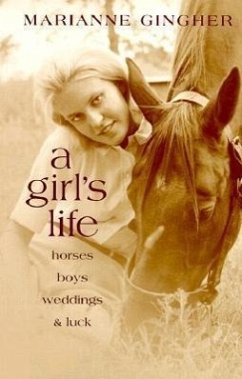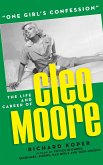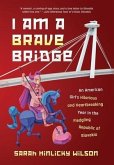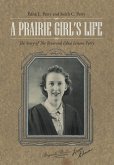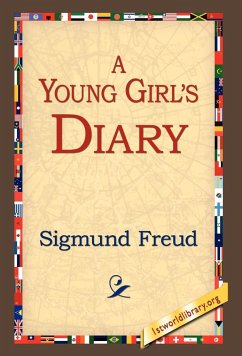In pleasant contrast to the recent flood of haunting childhood memoirs, A Girl's Life is about growing up in a functional family, about nurture, serenity, wonderment, and the stabilizing contributions an unencumbered heart makes in the life of an observant child. Marianne Gingher makes the events of a "normal" girlhood not only engaging but distinctly illuminating and explores rites of passage that are as persuasive in shaping an artist's sensibilities as are privations. A meditation on the comforts of home place and family, A Girl's Life celebrates the last era in America, the 1950s and 1960s, when it was still possible to enjoy a cynicism-free girlhood -- when "it was still safe for children to take gifts from strangers and not yet unwise for them to leave the doors of their hearts unlocked". As Eudora Welty wrote in her autobiographical memoir One Writer's Beginnings, "A sheltered life can be a daring life as well. For all serious daring starts from within". The seventeen personal narratives collected here corroborate Welty's conviction. Arranged in a loose chronology, the tales document a southern white girl's middle-class initiation into the adult world. The first section, "Sanctuary", recalls Gingher's earliest impressions of family dynamics and shelter, a child's yearnings and resourcefulness. "Truths and Grit", the second section, deals with the tempering of bliss, a young girl's first encounters with corruption and mortality. In the final group of essays, "Metaphors and Pies", Gingher explores the contributions her recollections of childhood make in her ongoing trials as a parent and a writer. That her own childhood still informs and inspires her present life is perhapsits greatest legacy. Did the way Marianne Gingher grew up compel her toward the writing life? Certainly the impact of that distant time, specific people and events, sensory-steeped moments, and the privilege of being allowed to dream as well as do enriched and fostered the w
Hinweis: Dieser Artikel kann nur an eine deutsche Lieferadresse ausgeliefert werden.
Hinweis: Dieser Artikel kann nur an eine deutsche Lieferadresse ausgeliefert werden.

